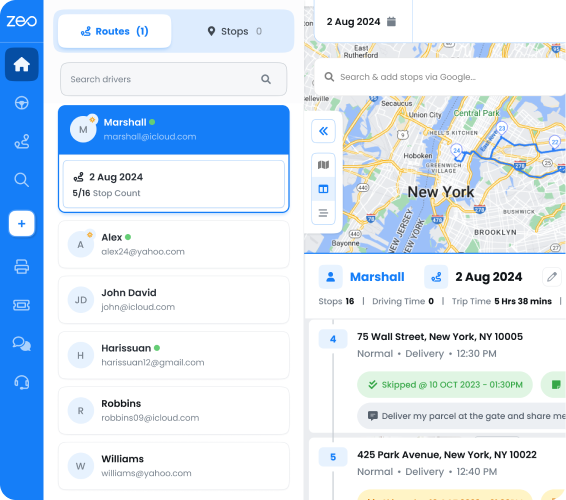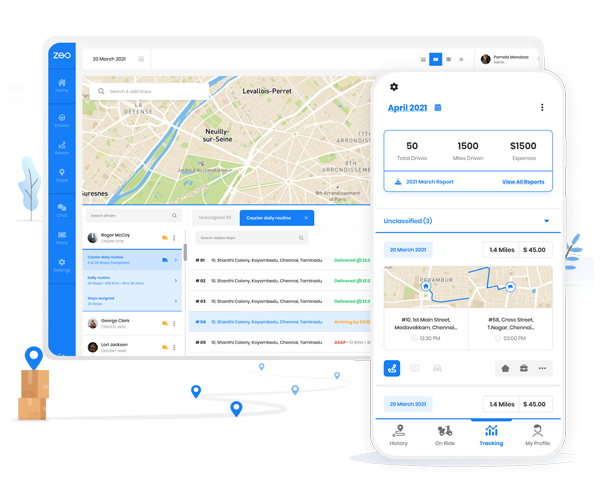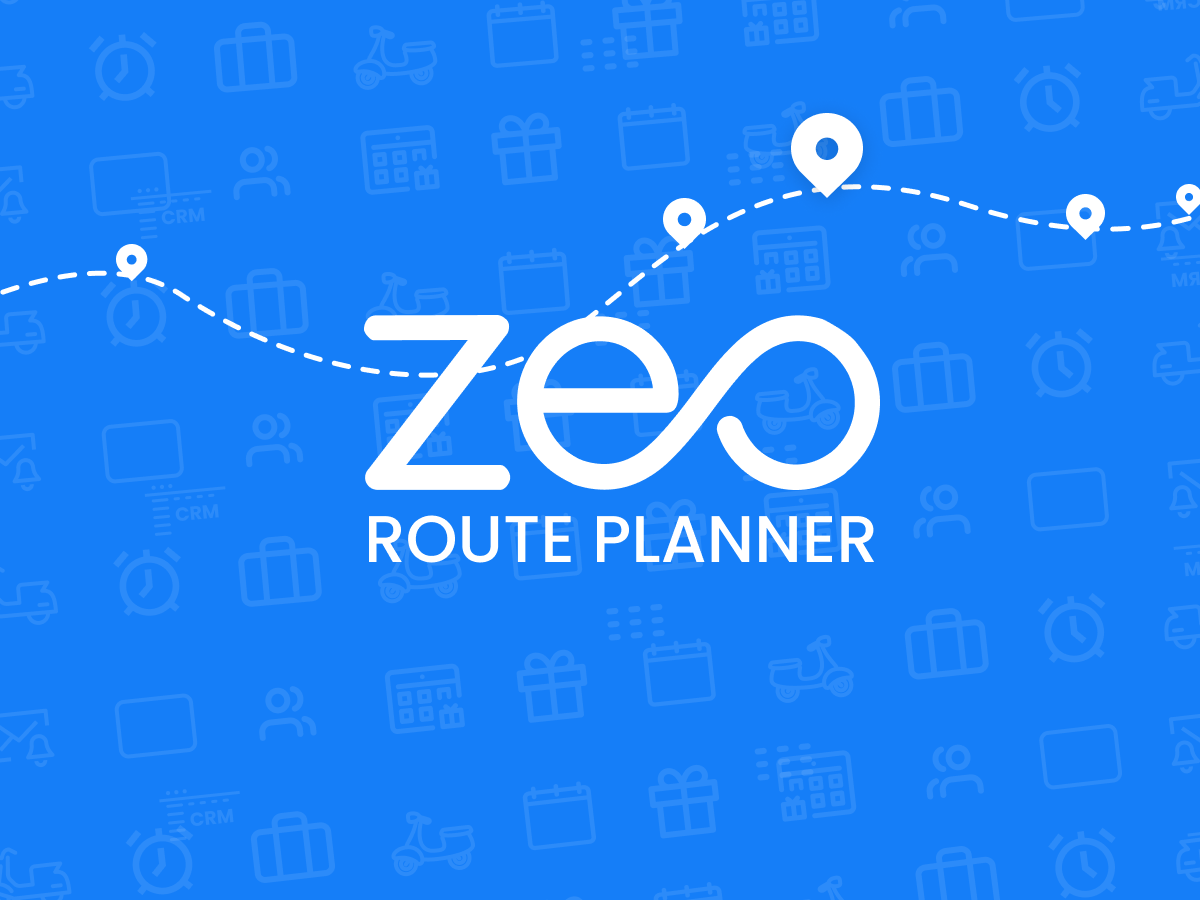Updated on: October 8, 2025
A business mind will always find opportunities where others find challenges. As the logistics industry is growing leaps and bounds, new challenges are arising, giving birth to new needs and opportunities.
If you have a knack for running a business and happen to have a box truck or are willing to invest in one, you are looking at a great growth pathway in the logistics industry. A box trucking business presents plenty of opportunities to grow and succeed, given you have the right plan, strategy, tools, and of course, the will to put in the hard yards.
Box Trucking Business – The Definition
A box trucking business involves transporting goods using medium-sized trucks that have an enclosed cargo area. These trucks are used for moving furniture, appliances, bulk e-commerce orders, retail stock, and other local freight. Because they are smaller than long-haul trucks but larger than delivery vans, box trucks strike the right balance between flexibility and cargo capacity. As a result, they are widely used for last-mile deliveries and short-distance logistics. If your goal is to run a local or regional trucking business without needing a commercial tractor-trailer, this model is a great starting point.
How to Start a Box Trucking Business
Starting a box trucking business can seem daunting. But with the right plan and guidance, you can set up your business and hit the ground running soon. Here is a simple breakdown of the steps you need to follow:
1. Choose a Business Structure and Register Your Company
Decide whether you want to operate as a sole proprietor, partnership, or private limited company. Register your business and get the regional transport permits required in your area. This ensures you can take on clients legally and gives you access to fuel and toll reimbursements if applicable.
2. Get Licenses, Permits, and Insurance
Based on your state and type of operation, you may need a commercial vehicle registration, road permits, and transport licenses. Commercial vehicle insurance is non-negotiable. Consider covering the vehicle, the cargo, and any liability that may arise from road incidents. It builds trust with clients and protects your business in case of an accident.
3. Buy or Lease a Box Truck
Choose your vehicle based on the type of goods you plan to carry. A 16 to 26-foot truck works well for most general delivery operations. If you are buying used, ensure it has good mileage and is compliant with current emission standards. Load capacity, fuel efficiency, and maintenance history are all key factors to consider.
4. Understand the Importance of Route Planning
In the trucking business, how you plan your deliveries directly impacts your profitability. Route planning helps you avoid delays, reduce fuel costs, and complete more deliveries in less time. A smart route planning strategy is what separates successful operators from those constantly struggling with delays and high expenses. It keeps your operations smooth, reduces stress, and helps you deliver consistently.
5. Find Loads and Build a Customer Base
You can find loads through platforms like Shiply, Porter, Trukky, or by partnering with local businesses. Some logistics aggregators also allow individual operators to register as partners. Start building relationships with warehouses, Manu factures, furniture stores, and moving services. Word-of-mouth and online visibility will help you get recurring work.

increase fuel savings
Save 2 Hours on Deliveries, Everyday!
Optimize routes with our algorithm, reducing travel time and costs efficiently.
Get Started for Free
6. Set Up Daily Operations and Pricing Strategy
Plan how you will handle inquiries, dispatches, and deliveries. Decide whether bookings will happen over calls, apps, or a website. Pricing should cover fixed costs like vehicle EMI, insurance, and driver wages, along with variable costs like fuel and tolls. Keep your pricing competitive but clear. Clients appreciate transparency.
How Much Does It Cost to Start a Box Truck Business?
Startup costs vary, but here are some reliable estimates:
- Truck purchase or lease: $10,000 to $150,000.
- Licenses and permits: $500 to $2,000.
- Insurance: $5,000 to $10,000 per year.
- Fuel and maintenance: $500 to $1,500 monthly.
- Marketing and equipment: $500 to $2,000.
- In total, you can expect startup costs to range from $27,000 to $57,000, or even higher for larger vehicles or upscale operations.
How Profitable Is Owning a Box Truck?
Profit potential depends on load volume, cost control, and route efficiency. According to industry averages:
- Typical monthly revenue: $5,000 to $15,000.
- Average owner-operator income: $8,000 to $12,000 per month after expenses.
- High-performing operators: $15,000 to $20,000 per month.
- Strong route planning helps drive those earnings higher. With more deliveries per shift and less idle time, owners can earn significantly more over time.
What Is Needed to Start a Box Truck Business?
Here’s a simple checklist:
- A registered business entity
- A reliable box truck
- Commercial vehicle insurance
- Necessary permits and licenses
- Route planning tools or apps
- Client or load partnerships
- Fuel and maintenance budget
Conclusion
Starting your own box trucking business is one of the most practical ways to step into logistics. It offers flexibility, steady demand, and the potential for strong earnings. The key to success lies in staying reliable, planning your routes smartly, and managing your costs.
Tools like Zeo Route Planner are designed to help you simplify route planning so you can make more deliveries, reduce downtime, and boost profits. When your time and fuel are well-managed, your business runs better. If you’re ready to take control of your future, this is a smart road to start on.

Are you a fleet owner?
Want to manage your drivers and deliveries easily?
Grow your business effortlessly with Zeo Routes Planner – optimize routes and manage multiple drivers with ease.

increase fuel savings
Save $200 on fuel, Monthly!
Optimize routes with our algorithm, reducing travel time and costs efficiently.
Get Started for Free




















